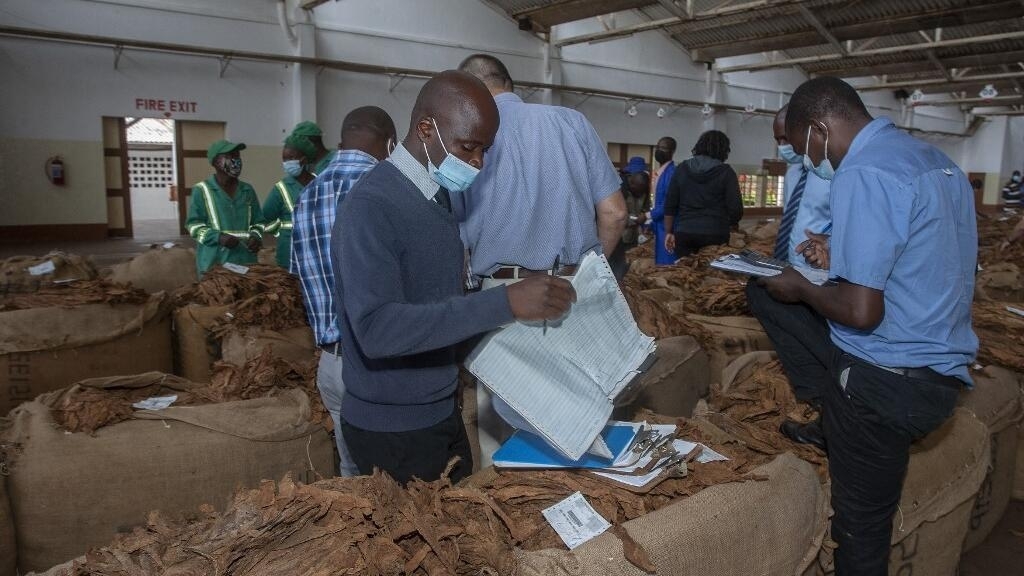Some 300 million people suffer from food insecurity. Eight million people die each year from tobacco. At first glance, the two figures have nothing to do with each other, but on the occasion of World No Tobacco Day, the WHO warns of the waste that tobacco cultivation represents: 3 million hectares used to manufacture cigarettes while hunger increases in the world. A sanitary, agricultural and even economic heresy.
First modification:
With Jérémie Lanche, RFI correspondent in Geneva
While the percentage of land dedicated to tobacco cultivation has tended to decline over the last 15 years, this is not the case in Africa, where it has shot up 20% in the same period, often in countries exposed to food insecurity, like malawi. The tobacco companies’ strategy is often the same, says WHO’s Dr. Rudiger Krech: hire farmers and force them to produce more and more to pay off their debts.
“To grow tobacco, you have to invest a lot in seeds, fertilizers and pesticides,” he explains. Tobacco groups advance that money to farmers, who then have to pay it back when they sell their produce. It’s a vicious cycle that farmers become dependent on. manufacturers. If they grew something else, they would earn three times as much,” he stresses.
Tobacco growing is not only unprofitable, it is also dangerous for everyone who works in the fields. “1.3 million children work on tobacco plantations”, continues Dr. Rudiger Krech. “Working and breathing in the middle of tobacco fields is like smoking 50 cigarettes a day… It’s bad enough for an adult , but imagine what it is like for a child,” he adds.
Together with other agencies, including the World Food Programme, WHO has launched a project to help farmers switch to more useful and profitable crops; 5,000 farmers in Kenya and Zambia are expected to benefit.













